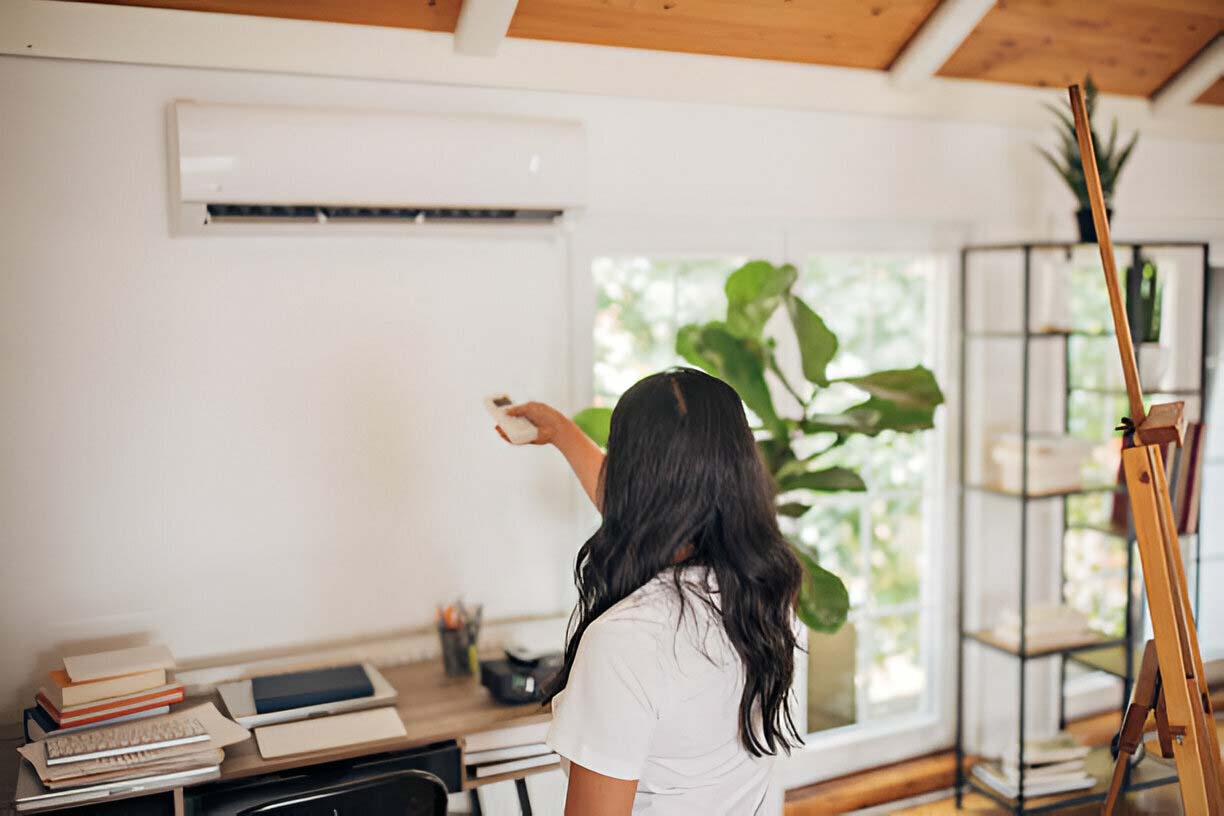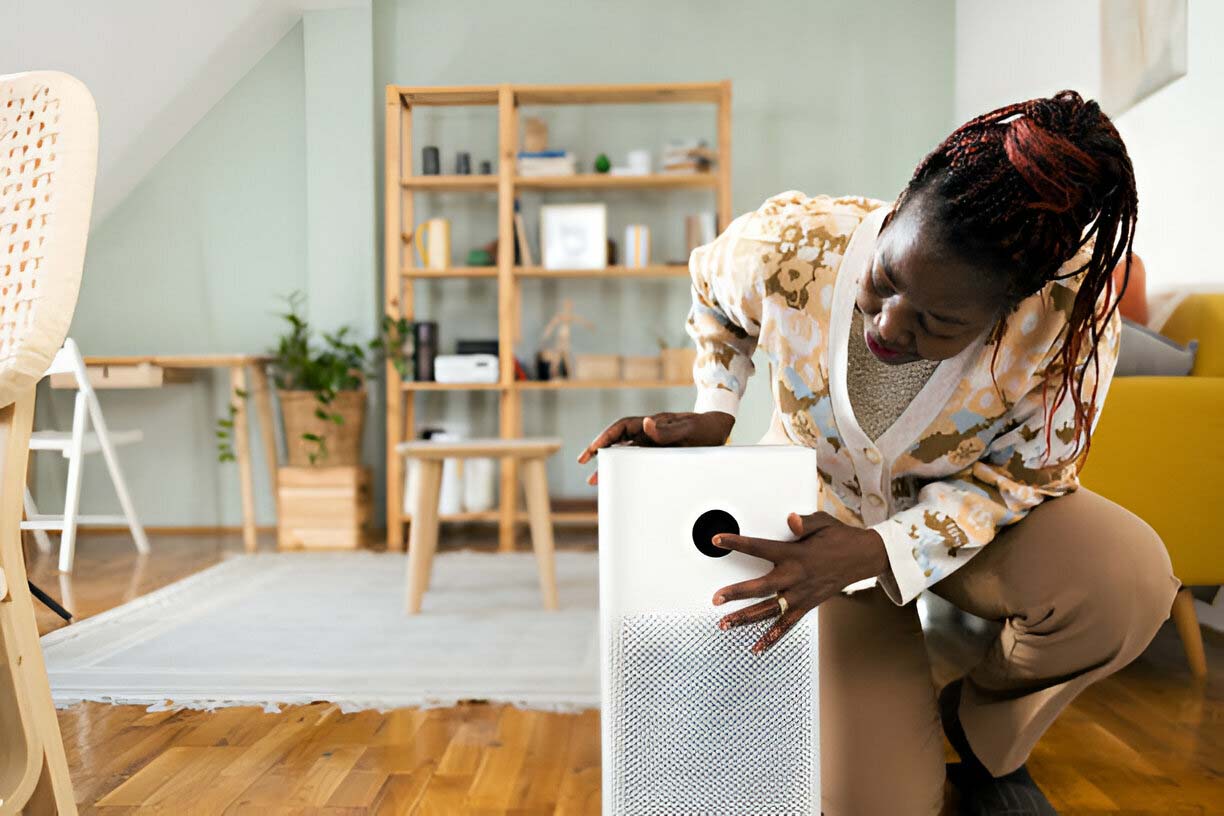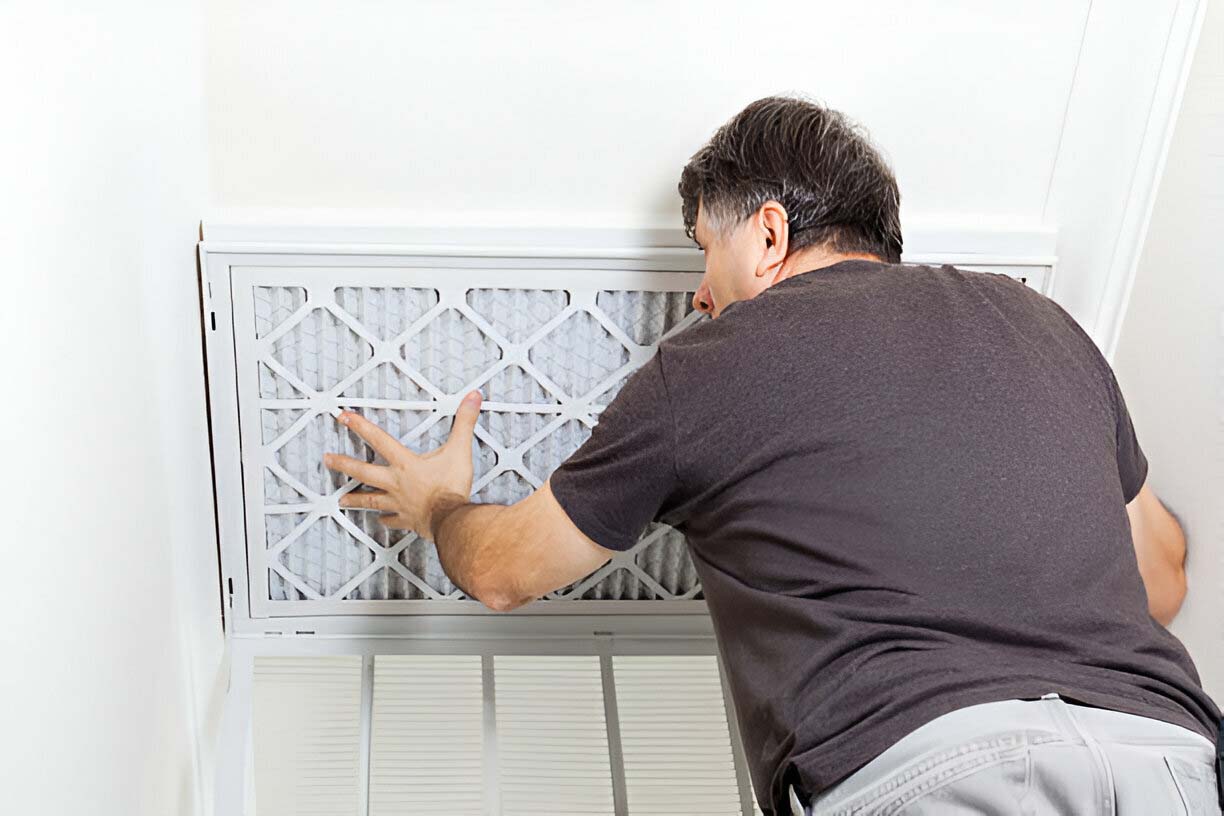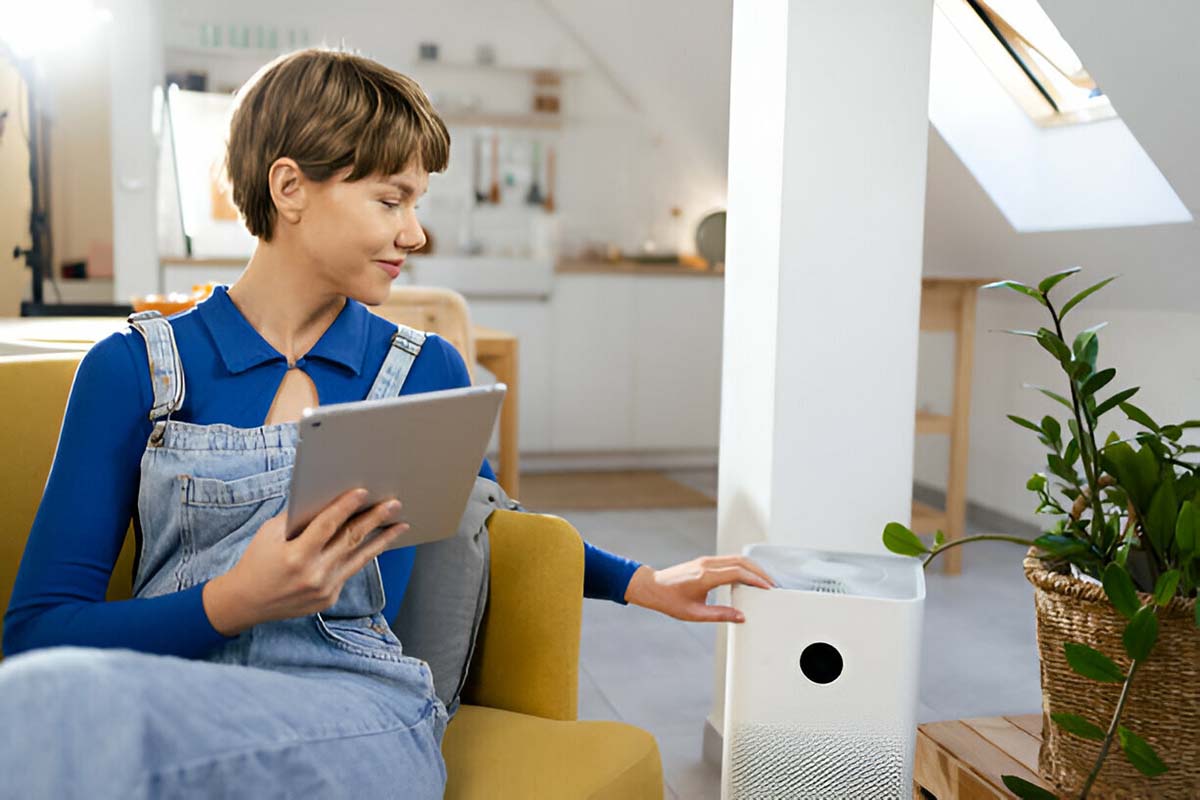Sometimes it’s the most important and essential elements of our life that we pay the least attention to. How often do we stop to ponder the intricacies of time, or the fundamental nature of space? How easy is it to fall into complacency regarding the water we drink, and the air that we breathe? Such things are so basic and close to us that we sometimes forget to pay them a second thought.
This sort of negligence can catch up with us, though, especially when it comes to the necessities of physical life. It doesn’t get much more basic than the very air that we breathe. If you are looking to improve your quality of life, then one of the most important things you can do to upgrade your home is to improve your air filtration and quality. Start with the fundamentals when thinking about home improvement: everything else builds off of them.

Importance of Air Quality in the Home
For many of us, slight differences in air quality may not be easily detectable, or have much of an obvious adverse effect on our daily lives. However, if you have allergies, asthma, hayfever, or any other condition that affects your breathing, or if you have someone in your family with this kind of condition, then you know well how sensitive the human body can be to even slight changes in air quality.
Even if you don’t currently have anyone in your home with breathing issues, consistent exposure to bad air can give rise to such conditions, or cause them to manifest. What we breathe becomes part of us, so contaminants in the air become contaminants in our body, so it pays to invest in good air.
How to Detect Air Quality Issues
The single best detection system when it comes to bad air quality is your own body. If your air starts to smell or taste stale, or if you notice that you are breathing in a more labored way inside, then those are strong signs that your indoor air quality is lacking. Excessive buildup of dust and debris on your ventilation covers is also an indication that your air filters are either past their prime, or not installed in the first place.
Other signs that you have bad air might be persistent health problems in the home, more aggressive allergies than normal, or an increase in sleep-related problems. If in doubt, you can buy an air quality monitor to install in your home, to get an exact picture of what is floating about in the ambient spaces. Knowledge is power, and the more you know, the more you can prevent or address in advance.

Tips for Reducing Sources of Pollution
To reduce air pollution in your home, there are a few basic steps you can take. The biggest and most obvious is to install quality air filters in your ductwork. Particulate matter, from any number of sources, will get into the air, no matter where you are, or the general air quality in your region. Air, like water, acts like a vector for the spreading of anything and everything.
If it exists in the physical world, at some point, and on some level, it will get into our air and water systems. To minimize pollution in your home, invest in good air filters, a water softener and/or under sink filtration system, energy efficient windows, and low VOC paints and household products.
Ventilation and Air Circulation
Regardless of the particulars of the air quality in your home, it pays to keep air moving. Stagnant air is a breeding ground for bacteria and is unpleasant to be in. Robust ventilation, and a sufficiently powerful air circulation system will keep your living spaces fresh and vibrant. Even opening your windows and doors occasionally to let in a cross breeze can do a lot to freshen up your indoor spaces. Stagnant air is not what you want, so keep fans going and air purifiers running to keep that air moving.
Air Purifiers and Filters
Good circulation can only get you so far–if you are circulating polluted air, you may be marginally better off than before, but the goal is to clean the air as it moves through your living spaces. This is where air filters and air purifiers come in. Look for air filters with a MERV rating of anywhere from 8 to 12, depending on your specific air contaminants, and your filtration goals.
Different ratings are best suited to particular contaminants, with 12 being the finest woven filter, capable of straining out finer particles. This can come with air flow reduction, however, so only opt for the higher ratings if you have specific allergens you need to remove.
HVAC Maintenance and Furnace Filters
Keeping your HVAC system in top-notch condition is one of the best ways to maintain good air quality. When setting up an HVAC system, choosing the right furnace filter is a key step to keeping your furnace running smoothly, and the general air quality high.
Do some research, and choose a filter that addresses the contaminants in your air. There is no need to go for the highest MERV rating–more isn’t always better; get the rating that addresses your needs.
Houseplants for Air Quality
For natural air cleaning, and fresh oxygen on tap, consider adding some houseplants to your living space. Not only will they drink up the carbon dioxide you exhale, replacing it with fresh oxygen, but they will add to the aesthetic charm of your home or apartment. A bit of life goes a long way in sprucing up a bedroom or living area.
Cleaning and Dust Reduction
Keeping dust in your house under control through regular cleaning, sweeping, dusting, and vacuuming is one of the easiest ways to maintain good breathing conditions. There is a lot of ambient dust, and even the cleanest home will find itself needing an occasional dusting.
Humidity Control
If you live in a very humid region, and that interferes with your breathing, you may consider a home dehumidifier. Dry climates, on the other hand, can also prove irritating to lungs and nasal passages, so a humidifier may be called for in such regions.
Reducing Chemical Pollutants
Try to limit the amount of chemicals you expose yourself to in the home. Paints, glues, solvents, automotive fluids, and hobby supplies can all be very harmful to inhale, and should only be used outdoors, or in very well-ventilated garage settings. If you need to repaint a room or item in the house, look for paints that are lead-free and VOC-free.

Improving Air Quality at Home FAQs
How often should I change my air filters?
In general, you should aim to replace your air filters every 90 days. Environments with very high pollution or air contamination may demand more frequent changes. In relatively clean locales, you may be able to push your filters past the three month mark, but it isn’t advised.
What DIY methods can reduce air pollutants at home?
Good air flow, regular filter changes, and routine home cleaning are some of the best ways to keep your air quality fresh in the home. If the air in your region is very bad, however, consider taking regular short vacations to get out of the smog zone for a while.
How do I test the air quality in my home?
Install an air quality monitoring system in your home, if you want the most up-to-date information on what you are breathing. You can also speak to HVAC specialists who can suggest other options for testing.
Can opening windows improve indoor air quality?
Opening windows can help to improve your indoor air quality somewhat, by at least encouraging air flow through your living quarters. However, if the air outside is bad, then you’re not really improving anything in the long run with open windows alone.
What cleaning products are safe for better air quality?
Look for green cleaning products, that contain natural ingredients. Avoid things with bleach or any volatile organic compounds. Cleaning with lemon, vinegar, and baking soda are all good options, as these are all-natural and non-toxic.
The Bottom Line
Air is something that we simply can’t do without, so it pays to try and make the air around us as clean and healthful as possible. Invest in quality air filters, and if you have any allergies in your family, consider an air purification system–these can be life-changing devices if someone in your home is having difficulty breathing. Know your area, and the pollutants you are being exposed to, and build an air filtration solution that targets those threats.








